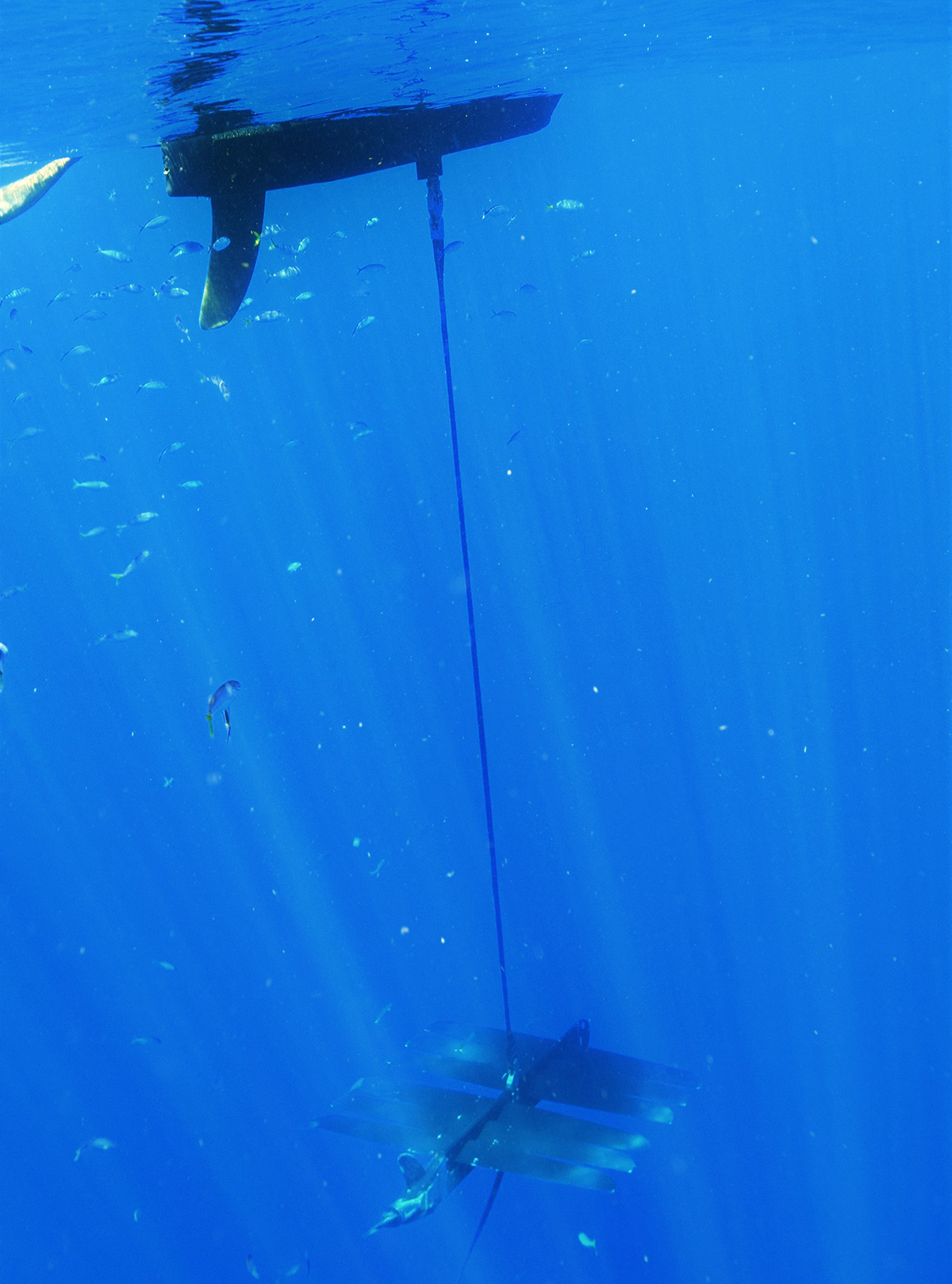
Lisa Litwak
By Alex Matthews-King
Wave-powered drones are being used to provide live tracking of the world’s largest fish, the whale shark, for the first time.
Researchers at the Whale Shark and Oceanic Research Center (WSORC) on the island of Utila, Honduras, have just finished a year-long project using autonomous “Wave Glider” drones to patrol for whale sharks and report back on their movements. The team was able to follow along in real-time as the drones relayed the depth and minute-by-minute position of individual sharks.
They found whale sharks feeding off the coast of Utila at unexpected times of year, which shows the potential for this technology to fill some significant gaps in our understanding about the endangered species.
Advertisement
Konrad Madej, former research director at WSORC and lead researcher on the Wave Glider project, says the drones spotted one shark at a depth of 90 metres in July, when it was thought the whale sharks had migrated north toward Mexico.
“With the turbulent weather during these months, it’s difficult to find whale sharks feeding as rough waters prevent the plankton, roe and coral spore they feed on from settling at the surface,” he says. “So it’s great to see they’re still swimming at depth, for the first time, via the Wave Glider.”

Lisa Litwak
Mature whale sharks can dive to depths of 1.5 kilometres or more and swim 10,000 kilometres a year, making it difficult to locate and follow them. “Just being able to track them over longer periods while sampling oceanographic data would improve our insight into which habitats they use, why and what threats they might be particularly susceptible to,” says Simon Pierce, principal scientist at the Marine Megafauna Foundation.
To collect data on the sharks, the WSORC project used Wave Glider SV3 drones, built by California-based Liquid Robotics. These can operate uninterrupted for up to 12 months at a time and use wave energy to propel themselves. A surface float, which houses solar panels, sensor equipment and transmitters, is attached to a finned sub-unit below the surface. The sub’s fins pivot up and down as the waves lift the float and drive it forward at up to 3 knots (5.5 kilometres per hour).
The team set the drones to patrol 5 kilometres off Utila’s north shore, where whale sharks are commonly seen. Each drone towed a receiver unit that can pick up signals from any shark with an acoustic tag.
Acoustic tags can be fitted to a whale shark’s dorsal fin and release a sonic pulse every 60 seconds. These tags are cheaper than more sophisticated satellite tags and can better handle the pressure when whale sharks dive, says Madej.
Pierce says that there is still some way to go to live-monitor whale sharks – the longest continuous tracking in this project was 25 minutes – but he is “hugely interested” in the findings of these initial studies.
Read more: The world’s biggest whopper
No comments:
Post a Comment